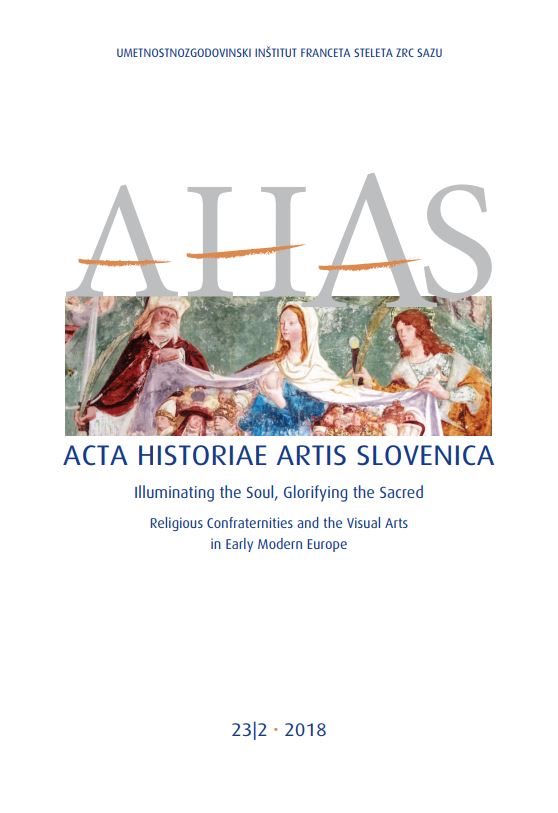Bratovščine v vizitacijskih protokolih in v časniku Wiener Diarium. Viri za zgodovino zgodnjenovoveških bratovščin v Avstriji
DOI:
https://doi.org/10.3986/ahas.v23i2.7339Ključne besede:
bratovščine v Avstriji, vizitacijski akti, viri o delovanju bratovščin, Wiener Diarium/Wiener Zeitung, bratovščinePovzetek
Bratovščine so bile zelo razširjena manifestacija laikov znotraj Cerkve. Nasploh je imelo težko oprijemljivo življenje bratovščin množico različnih funkcij: delovale so kot moškim in ženskam dostopna društva, kot zavarovanje ob smrti, kot banka, kot izvajalci glasbene službe, kot meceni za opremo cerkva itd. Če pogledamo avstrijske vizitacijske protokole 16. in zgodnjega 17. stoletja, vidimo, da so reformacijski zlom bratovščine sicer preživele z izgubami, vendar je kontinuiteta iz srednjega v zgodnji novi vek jasno vidna. Viri o bratovščinah še niso zadostno raziskani, predvsem še manjkajo finančne in zgodovinske študije. Prav digitalizacija zgodnjenovoveških medijev tudi tu odpira nova raziskovalna polja. Bratovščine namreč niso bile le naročniki tiskanih del, ampak vedno znova tudi predmet poročanja tiska, kot ponazarja primer časnika Wiener Diarium.
Prenosi
Prenosi
Objavljeno
Kako citirati
Številka
Rubrike
Licenca
Avtorji jamčijo, da je delo njihova avtorska stvaritev, da v njem niso kršene avtorske pravice tretjih oseb ali kake druge pravice. V primeru zahtevkov tretjih oseb se avtorji zavezujejo, da bodo varovali interese založnika ter da bodo povrnili morebitno škodo.
Podrobneje v rubriki: Prispevki





